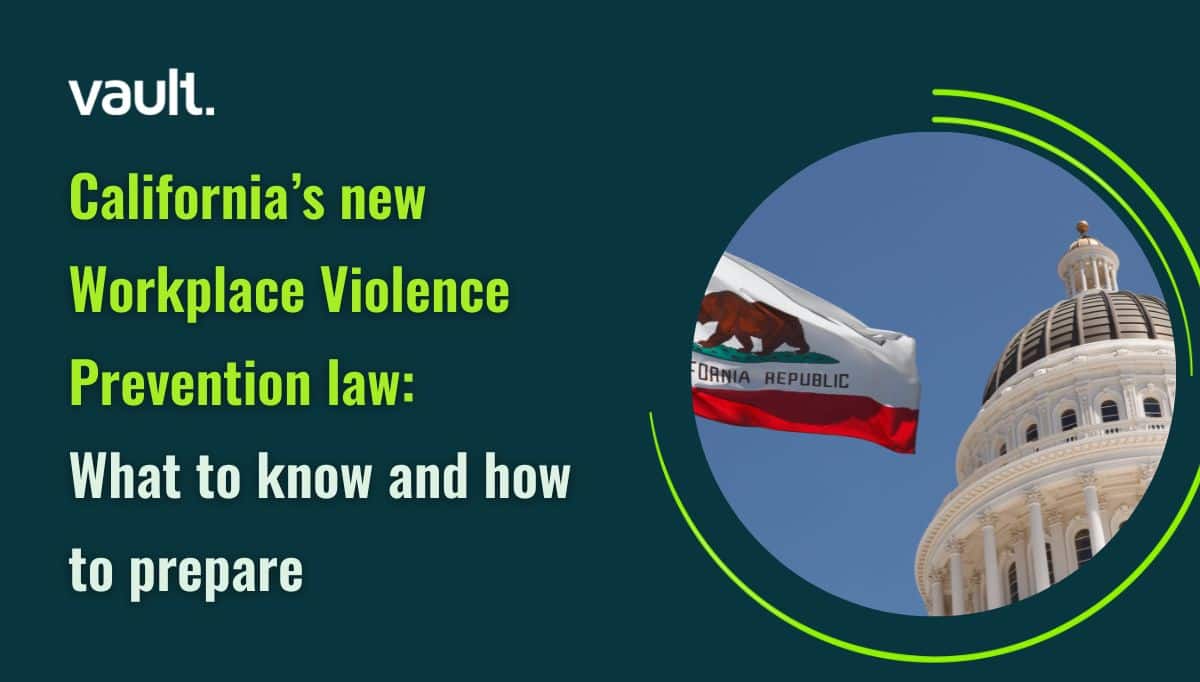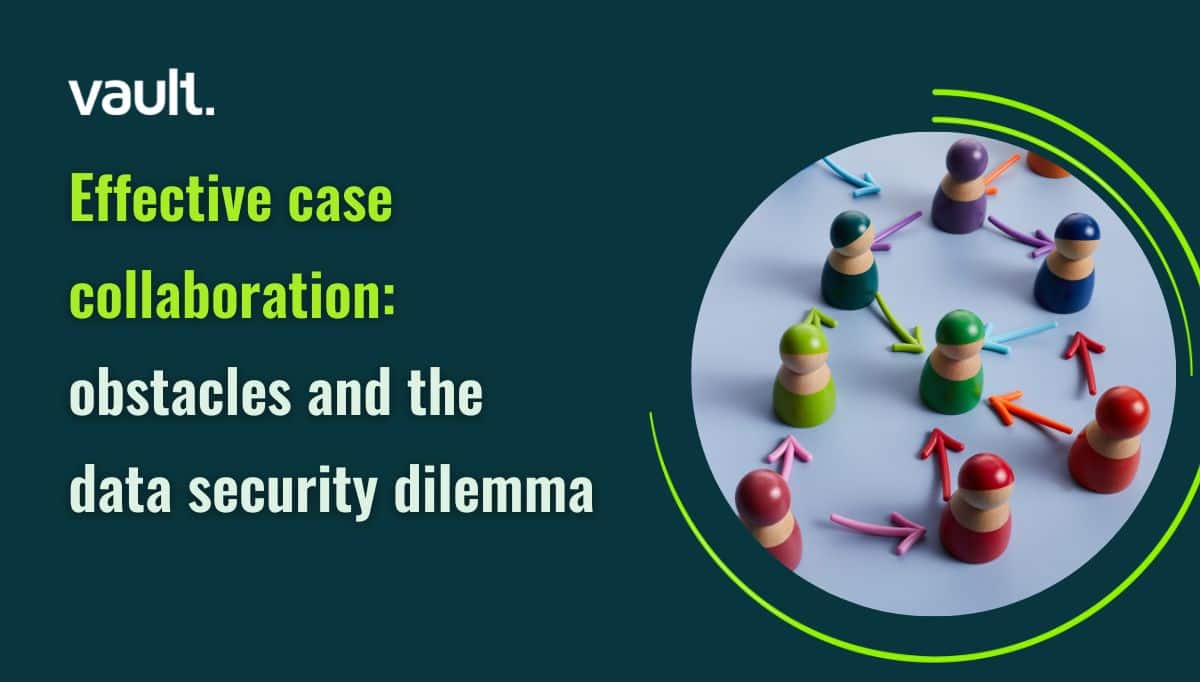“Recognize that integrity is not an optional subject anymore. You’ve got to get over your discomfort as a leader and recognize that silence and ambiguity are the enemies of integrity. This is part of the leadership that your employees and the world need from you.”
That was the killer quote from a podcast this week featuring Rob Chesnut, recent Chief of Ethics at Airbnb, former federal prosecutor, and author of the book “Intentional Integrity.”
We’ve written about Chesnut quite a bit, as he talks about Vault Platform in his book, but also because he’s one of the most vocal thought leaders that have identified an increased focus on the intersection between the business functions of Compliance, Legal, and HR. Or more specifically how these three functions have significant leverage regarding the direction of a company’s culture and whether the company and its employees act with integrity.
Furthermore, this is not something only compliance, legal, or HR professionals might talk about. The reality is that that this subject has taken its turn dominating the international press even alongside major events such as the global pandemic. Just this last week another three global brands have made the headlines due to exposures of an ethical nature: Facebook, Mercedes-Benz, and Boeing. The brand and financial damage will be significant and whistleblowers are taking a more central (and protected) role.
A rising trend of the last few years has seen employees become increasingly vocal about injustices perpetuated by their workplace or employer. Those that have not been able to find a voice through existing channels have become frustrated but increasingly confident and simply created their own. A phenomenon that has significant implications and consequences for business.
When the US Department of Justice (DoJ) updated its Corporate Compliance Guidance earlier this year it spelled out that the hallmark of a well-designed compliance program is “the existence of an efficient and trusted mechanism by which employees can anonymously or confidentially report allegations of a breach of the company’s code of conduct, company policies, or suspected or actual misconduct.”
‘Efficient’ and ‘trusted’ are keywords here. When ‘Speak Up’ programs were first implemented, largely driven by regulations such as Sarbanes-Oxley in 2002, the most reasonable method of capturing incident reports from employees was a literal telephone hotline. Since then, not much innovation has been seen as many ethics and compliance leaders had achieved what the regulation stipulated, which was simply to offer a mechanism employees could use to report their concerns about corruption, not one that was meant to be accessible.
The world has changed and today more stakeholders have an interest in Speak Up programs being accessible and effective.
We have a four-step guide available to the process of implementing a successful Speak Up culture.



